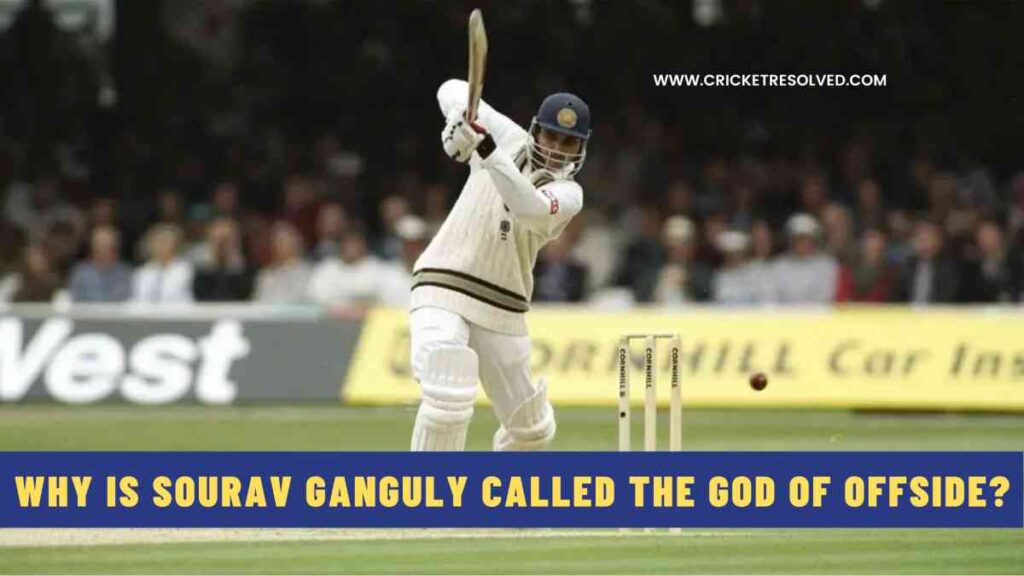T20 cricket has seen exponential growth in the last decade or so. And the growth is clearly visible, with cricket reaching every nook and corner of the world.
However, the same T20 format is threatening the existence of the other formats of the game — Test and One Day International (ODI). Recently, even the MCC’s World Cricket Committee questioned the value the ODI format adds to international cricket.
So, this leaves cricket fans like you and me with one question: Can all 3 cricket formats coexist in the future? Let’s find out the answer.
The Future of Cricket
First, let’s start with Test cricket — the oldest and longest format of the game. Test cricket is the ultimate format of the game. If you ask a true cricket fan what their favourite cricket format is, they will undoubtedly say Test cricket.
But are people ready to spend five days over a match? And can smaller cricket boards afford to host Test matches?
The answer lies in the near past. The World Test Championship (WTC) has refuelled the love for Test cricket since its inception in 2019. However, many cricket boards are prioritising their T20 franchise leagues over playing Test cricket.
Just to give you an example, South Africa, once a dominating Test side, will play 12 Tests in the WTC 2023-25 cycle. And that’s a bit concerning given the fact that they are focusing more on their T20 league — SA20 — and putting Test cricket on the back burner.
Moreover, hosting Test matches is not financially viable in terms of generating revenue from ticket sales (with the exception of England, which sees a great turnout for Tests) and broadcasting. The ICC and all member boards need to put in all-out efforts to find a solution to preserve the traditional format.
Also Read: 5 Challenges of a Travelling Team in Test Cricket
Now, moving to the ODI format, which was once a charming format of the game up until 2015. Since then, teams playing bilateral ODIs have decreased drastically owing to a packed global calendar. Moreover, the ODI games also don’t appeal to the younger audience.
In July 2023, the MCC’s World Cricket Committee suggested reducing bilateral ODIs and playing ODIs only before an ICC event, which would help improve the quality of 50-over cricket.
This suggestion holds some ground since it will help free up the congested international calendar, allowing boards to arrange Test cricket. Further, it will help create hype around the ICC events just before the pinnacle events like the Cricket World Cup and Champions Trophy kick-off. So it’s a win-win situation for all the stakeholders.
Finally, coming to the T20 format. The shortest format of the game is going to drive the future of cricket. And it’s evident with the ICC increasing the number of teams participating in the T20 World Cup to 20. It’s a bit similar to the FIFA World Cup, but cricket still lags behind football.
With T20’s growing popularity, the ICC is now looking at the possibility of featuring T20I cricket in the 2028 Los Angeles Olympics.
The format is also helping to pull crowds in countries where cricket is less known as new T20 leagues crop up, thanks to the success of the IPL. These leagues are also giving an opportunity to more players to showcase their skills and earn a living. Moreover, these players get the opportunity to play with big players, which helps them enhance their skills.
So the hype around the T20 format is here to stay, as the format helps teams build a powerful lineup.
Also Read | 10 Most Popular T20 Leagues in the World
To Wrap Up
Now, coming back to our question, will the 3 formats coexist in the future? The answer is yes, but with some alterations.
T20 cricket has the potential to draw huge crowds. And this is where the money lies, which will help run the sport. But in the fast-paced world, there will be some administrators, players, and fans who will love to enjoy the ebb and flow of a Test match.
With cricket evolving over the years, all these stakeholders will be the deciding factor behind the co-existence of all 3 formats.
Read Next: Why is Cricket in the West Indies on the Decline?









3 Comments